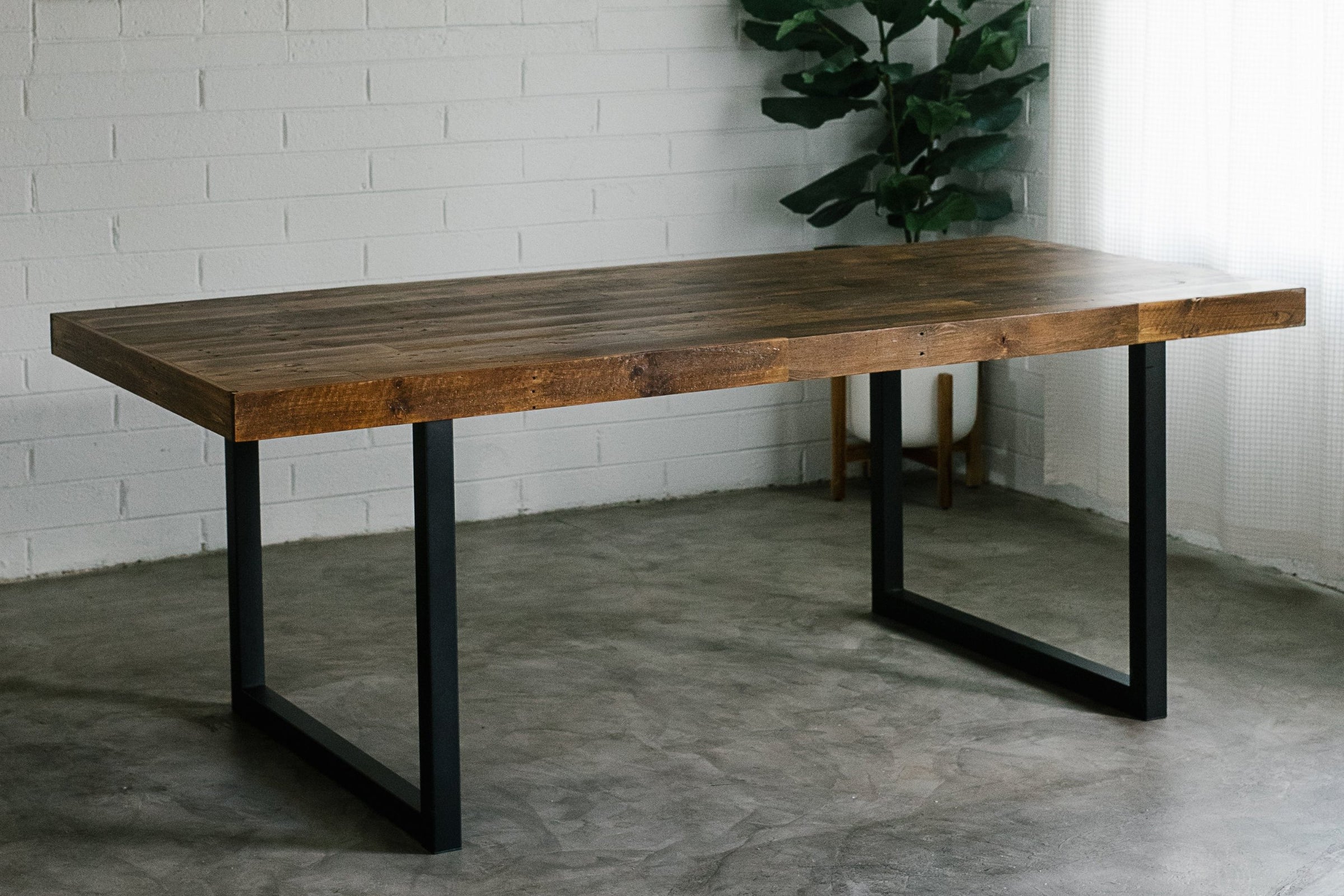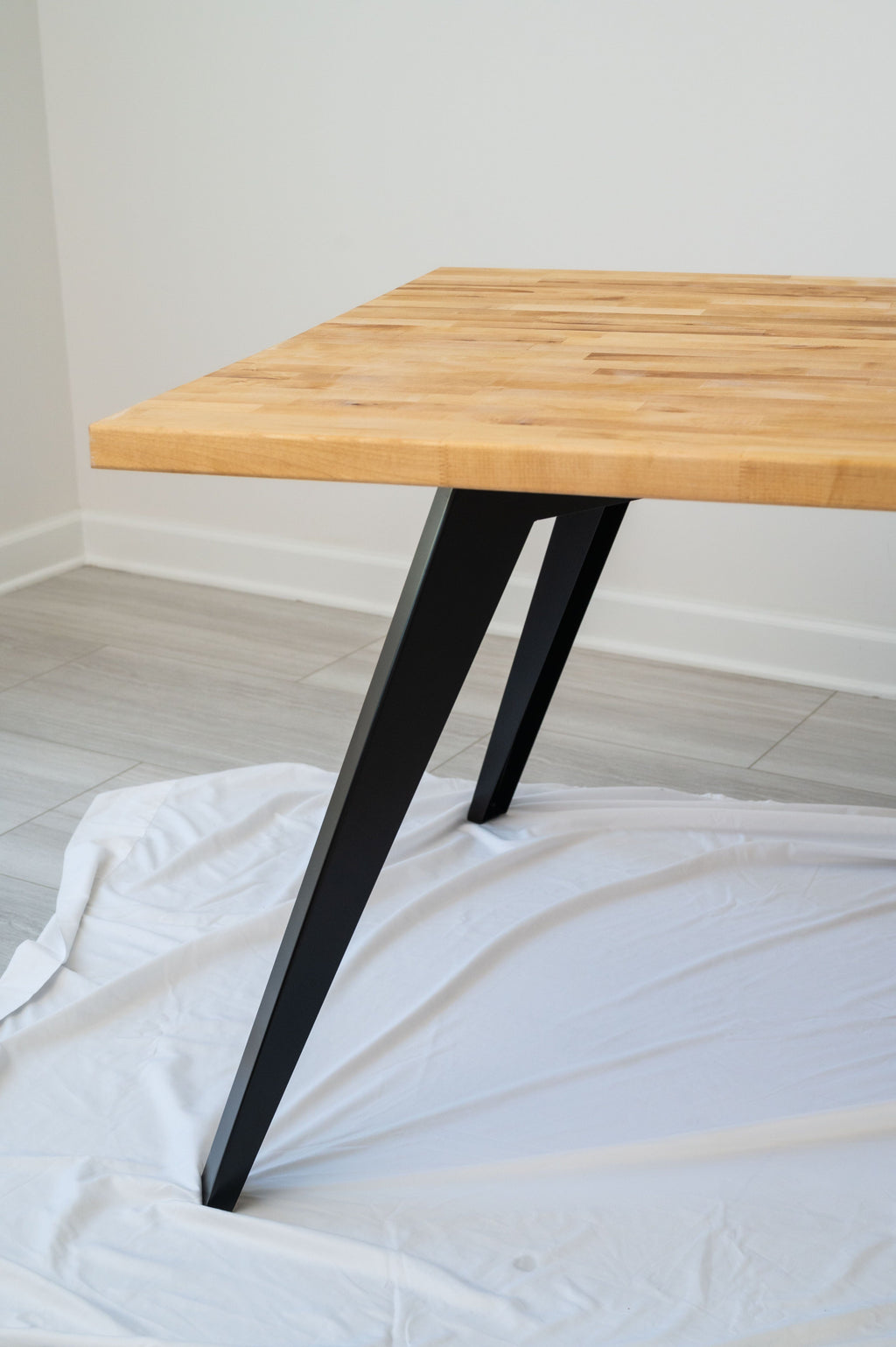Elevate Your Eating Room with Sophisticated Dining Table Legs Wood Layouts
Elevate Your Eating Room with Sophisticated Dining Table Legs Wood Layouts
Blog Article
Exploring the Various Sorts Of Dining Table Legs Wood for Your Eating Space
The choice of table legs wood can exceptionally affect both the aesthetic and useful high qualities of your eating area. Solid timber alternatives, such as oak and walnut, supply a classic appearance with unrivaled resilience, while crafted wood choices provide cutting-edge designs that simulate the richness of natural grains. In addition, the growing pattern of redeemed wood presents a lasting aspect that attract environmentally mindful consumers. As we explore these different options, it ends up being important to consider not only the visual charm however also the useful effects of each material option. What factors should guide your decision?
Solid Timber Options

Unlike engineered materials, solid wood is less vulnerable to bending and damages over time when appropriately kept. Each piece of solid wood is unique, showcasing specific qualities that include to the charm and character of the eating table.
In addition, solid wood can be finished in numerous methods, varying from natural oils to discolored coatings, permitting house owners to personalize their furnishings to match their style. In summary, selecting solid timber for eating table legs not just makes sure architectural stability but additionally enhances the aesthetic allure of the dining location, making it a worthwhile investment for any home.
Engineered Timber Alternatives

Plywood, created from multiple layers of timber veneer, is secure and specifically solid, making it an exceptional selection for eating table legs. Its layered make-up enables it to hold up against modifications in moisture and temperature better than conventional strong wood. MDF, on the various other hand, supplies a smooth surface for paint or veneering, enabling developers to attain a refined appearance while keeping architectural stability.
When selecting crafted wood options, it is crucial to take into consideration the desired use and desired visual. These materials not only improve the performance of eating spaces yet likewise permit for higher layout adaptability, guaranteeing that contemporary and typical styles can coexist sympathetically.
Reclaimed Timber Features
Redeemed timber offers an one-of-a-kind mix of sustainability and character, making it a progressively preferred choice for dining table legs. Sourced from old barns, factories, and other structures, reclaimed timber embodies a background that new materials merely can not duplicate. Each piece lugs its very own tale, noted by distinct imperfections, knots, and differing grain patterns, which add to a table's distinct visual allure.
Along with its visual appeal, reclaimed wood is an eco-friendly choice. By repurposing previously utilized materials, it reduces the need for new lumber, hence helping to conserve forests and lessen waste. This lines up with an expanding customer preference for sustainable methods in furnishings.
Additionally, recovered timber is typically extra resilient than newly harvested wood because of its age. The all-natural drying process that reclaimed timber goes through results in a denser and stronger material, making it less prone to warping and splitting. This improves the longevity of eating tables, enabling them to withstand the roughness of day-to-day use.
Softwood vs. Wood
When choosing eating table legs, recognizing the differences in between softwood and wood is important for attaining both visual and useful objectives. They typically show an even more rustic look, look these up making them appropriate for country-style or laid-back eating rooms.
On the other hand, woods, sourced from deciduous trees like cherry, oak, and maple, are renowned for their thickness, toughness, and resilience. The complex grain patterns and rich shades of hardwoods supply a ageless and advanced appeal, making them ideal for formal eating setups. While hardwoods tend to be a lot more expensive and heavier, their resilience against deterioration typically warrants the investment.
Ultimately, the option between softwood and wood for eating table legs ought to align with your style vision, usage requirements, and budget, making sure that your dining space shows your personal design while continuing to be practical gradually.

Treatments and finishes
The aesthetic appeal and long life of table legs can be significantly boosted with different finishes and treatments. These procedures not only shield the wood from damages but additionally boost its appearance, allowing it to match varied indoor styles.
One typical treatment is staining, which passes through the timber and boosts its natural grain while including shade. Discolorations offer an abundant, stylish appearance, making it possible for home owners to match their furniture with existing design. Alternatively, clear finishes such as polyurethane or varnish create a safety layer without modifying the wood's original tone, guaranteeing sturdiness against deterioration.
Additionally, natural oils, like tung or linseed oil, nurture the timber and use a refined sheen, all while being environment-friendly. These oils enable the surface to breathe, stopping dampness accumulation and possible warping.
For those looking for a rustic charm, weather-beaten or troubled surfaces can be put on produce an aged look, adding character to the piece. Ultimately, the choice of surfaces and therapies depends upon personal preference, preferred aesthetic appeals, and the certain timber kind, making it vital to take into consideration these factors when picking dining table legs for your area.
Final Thought
In conclusion, the choice of eating table leg materials substantially influences both the functional and visual aspects of an eating area. Solid timbers, crafted options, and reclaimed options each deal unique advantages, accommodating numerous choices and needs. Understanding the differences in between woods and softwoods, together with navigate to this site ideal coatings and therapies, allows for educated decision-making. Eventually, the choice of wood kind should align with preferred design, sturdiness, and ecological considerations, enhancing the total eating experience.
The selection of eating table legs timber can greatly impact both the useful and visual high qualities of your eating area - Dining Table Legs Wood. Solid timber alternatives, such as oak and walnut, provide a classic look with unmatched longevity, while engineered wood options use cutting-edge styles that resemble the richness of all-natural grains. Strong timber provides an review ageless high quality that can boost the total design of a dining room. Each piece of solid wood is one-of-a-kind, showcasing specific characteristics that add to the appeal and personality of the dining table
Furthermore, reclaimed wood is typically extra long lasting than recently gathered wood due to its age.
Report this page